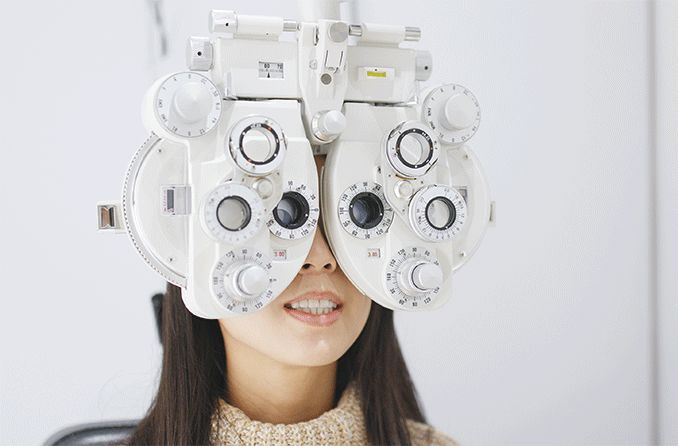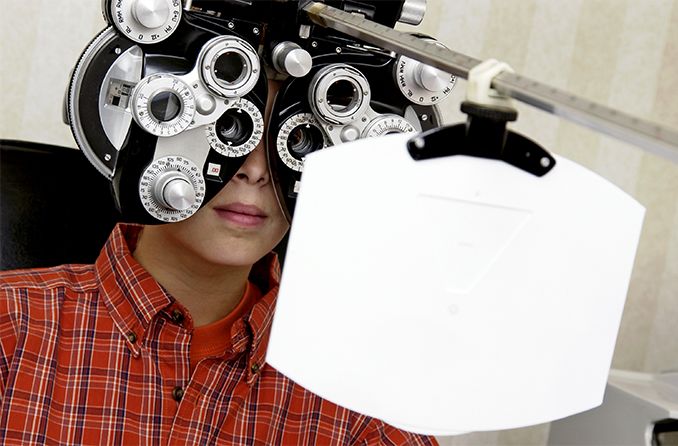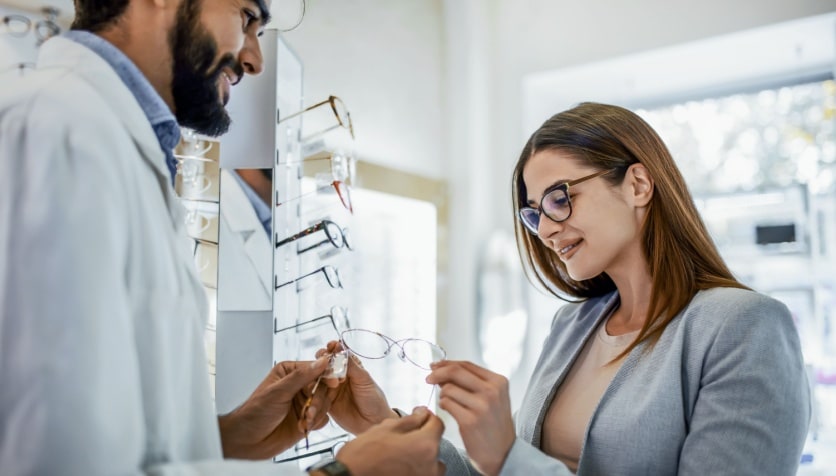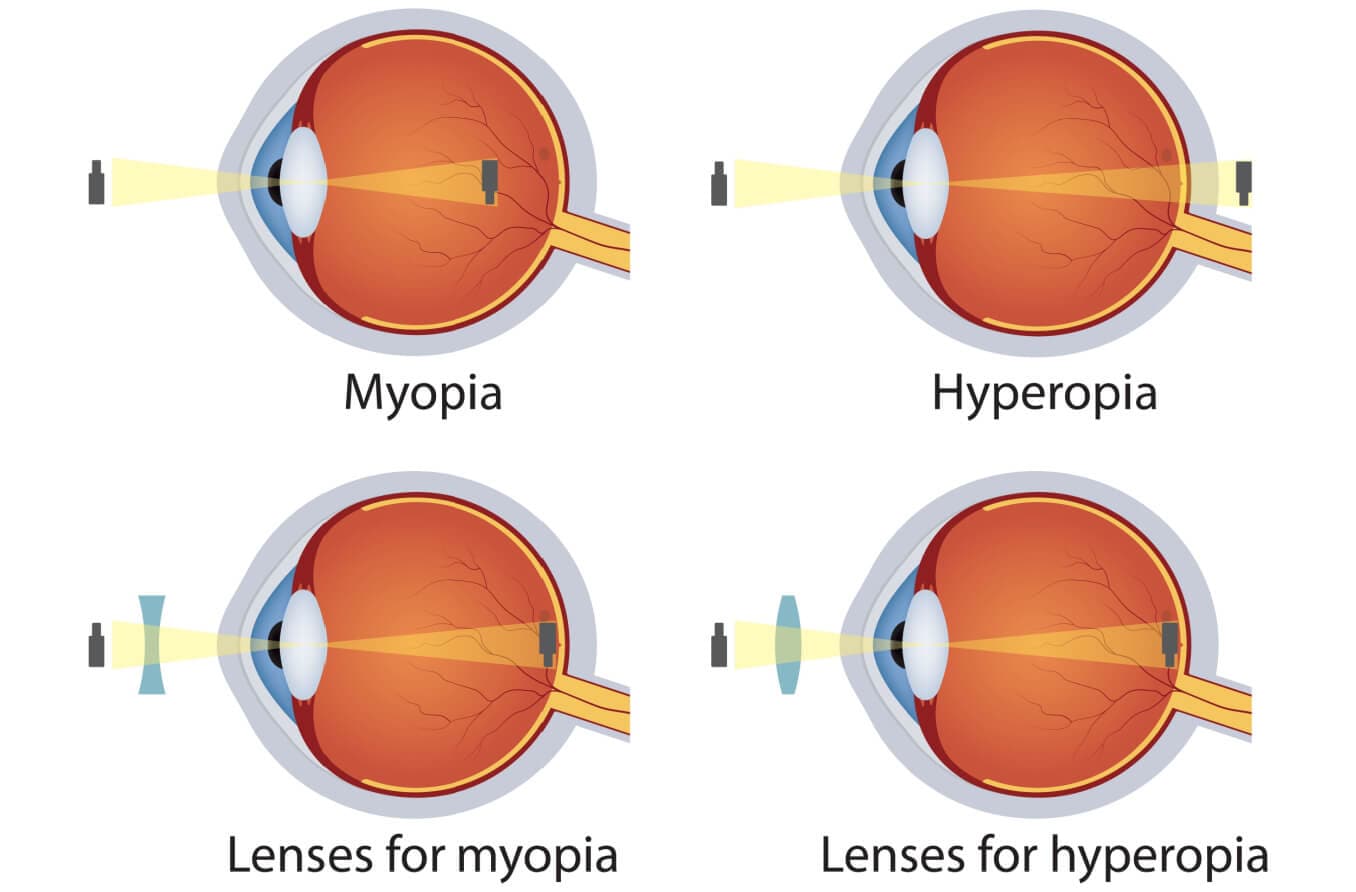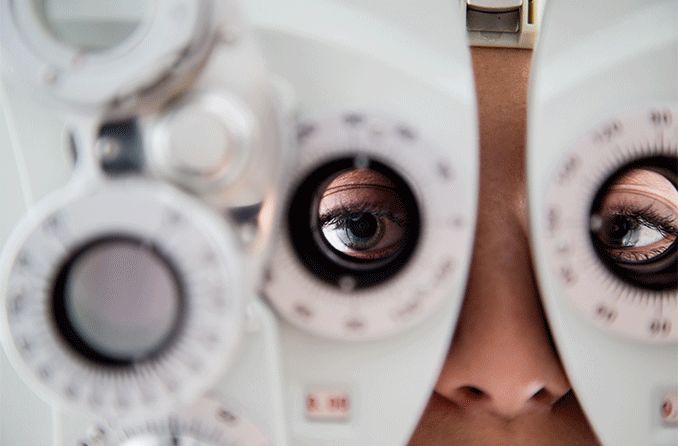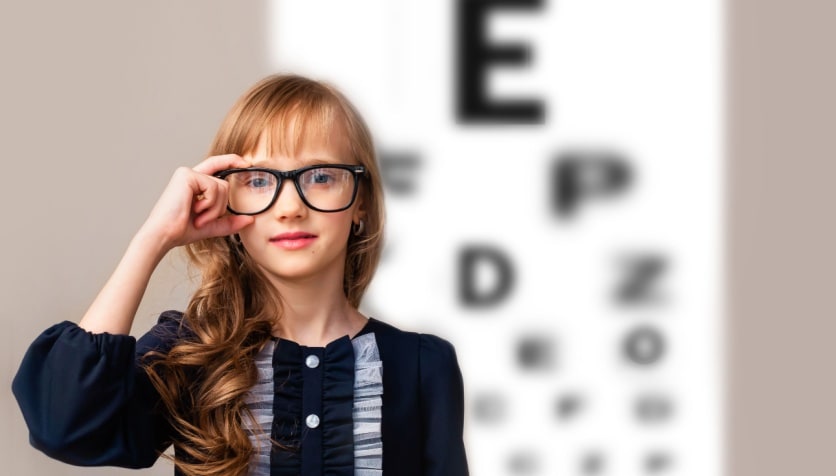Causes of night myopia
Night myopia has been studied since the early 18th century. Though scientists are still working out details, many believe the main cause is related to eye accommodation.
Accommodation is a term used to describe how the eye adapts to different focal points. For example, when you're focused on your phone screen, then look up for a moment, many tiny changes take place in the eye to let you focus at each distance.
One of these changes is that the pupils constrict to focus up close and dilate to focus at a distance. Recent studies discovered that the eyes respond to darkness by using accommodation to focus up close.
Here’s where the problem comes in. Another function of the pupils is to control how much light comes in. They do this by constricting in bright conditions to only allow in as much light as the eyes need. Alternatively, they dilate in dark conditions to let in more light. This function is called dark adaptation and allows you to see at night.
Scientists believe that the eyes may respond to darkness by focusing at an intermediate/near range rather than at a distance. This results in blurry vision when looking far away in the dark. The eyes also respond to darkness by dilating the pupil, which further increases the amount of blur.


